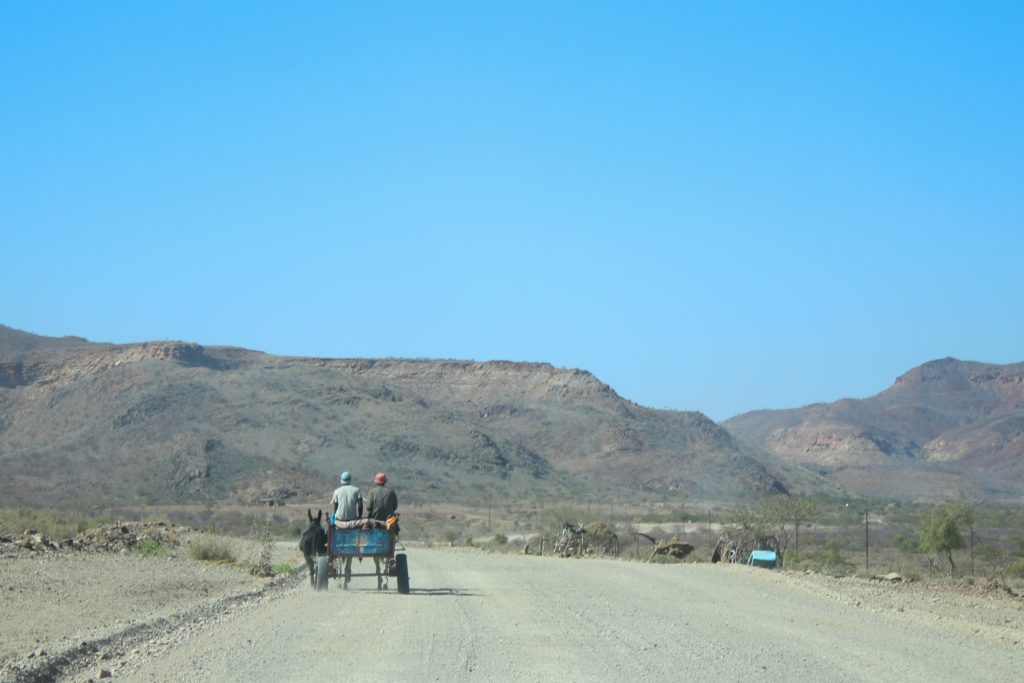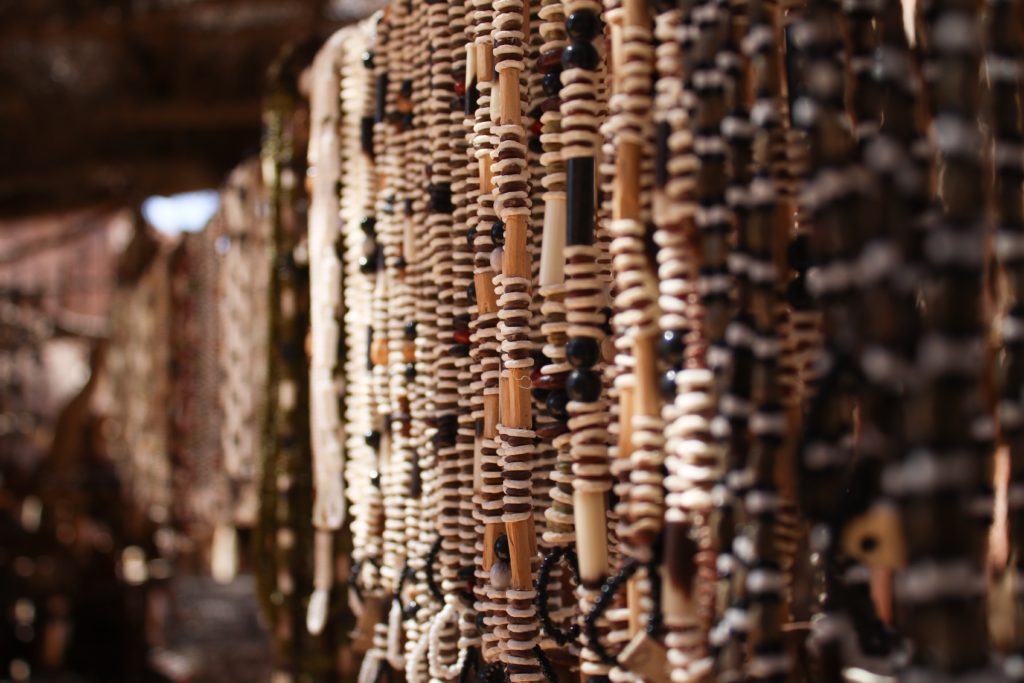Communal land is a highly controversial subject in Namibia. During South Africa’s apartheid era, the government seized farmlands from indigenous people and forced them onto communal lands. This land was later divided into 10 ‘homelands’ which were owned and controlled by the government. Today, communal landowners have limited rights to the land on which they live. Strict government regulations make it difficult to develop these areas with new businesses (such as lodges), which in turn has caused much of the land to sit in waste. As foreigners, we often misinterpret the situation. We must step out from behind our cultural lens to truly grasp the situation.
Living in “the driest country south of the Sahara” (according to BDO Namibia), is not for the faint of heart. Driving a few kilometers west of Khorixas through Damaraland makes it immediately evident that farming alone is not a sufficient way to survive. The drought-ridden land and rocky terrain are difficult to farm, let alone navigate. Ill-maintained rock roads limit frequent access from the outside world.

Two Damara men riding down a rock road toward Khorixas in a donkey-cart. Many Damara do not have access to cars, and rely on hitchhiking or donkey carts (if they can afford one).
Those living on communal land must be resourceful to survive. The Namibian government has drilled holes and created access to water at designated areas throughout the land. Aside from receiving government assistance for acquiring water, communal landowners are on their own. They must learn to survive by adapting to their surroundings and by learning skills needed to live in a harsh environment, such as making fire and acquiring food. Communal landowners are perfect examples of how to make the most of a given situation, and how to make do with what is presently available.

A Damara man at the Damara Living Museum demonstrates his ability to make fire using friction with a wooden stick, then blows on the smoke to catch the brush on fire. Skills such as making fire with minimal resources is essential to survival for communal landowners.
Communal landowners must creatively generate income because of lacking jobs. An example of a revenue source for one group of Damara people is their “Living Museum” – a place where tourists pay an entry fee to experience the Damara history and lifestyle. A craft shop on site offers handmade jewelry, which is another source of revenue. Other common ways of generating income are through selling chickens, goats, or other livestock in nearby towns, or selling homemade jewelry and wood carvings in roadside stands
Many communal landowners practice rotational grazing, similar to Texan ranchers. Livestock graze a given area for a limited amount of time before moving to a new location. This allows cattle to graze wherever they can find something to eat, which is an advantage over commercial farming in Namibia. On a commercial farm, cattle are confined to a fenced-in camp (pasture), and do not have the freedom to migrate in search of food on their own.
Communal living in Namibia presents many hardships, but by being resourceful, some live happily in these lands. When looking through one’s own cultural lens, communal living might seem like it needs a lot of improvement. When one removes his/her cultural lens, it becomes clear that this is simply a different way of life.
